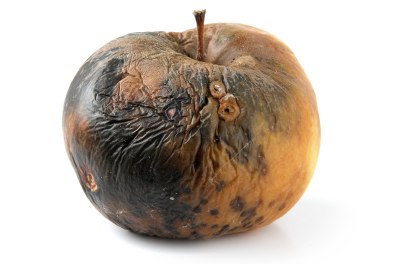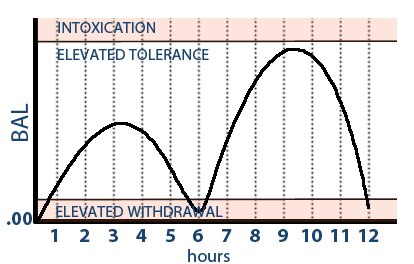Warning: Undefined variable $serie in /home/domains/treatmentandrecoverysystems.com/docs/wp-content/plugins/wp-series-manager/wp-series-manager.php on line 264
Back when we first started training counselors for intervention work, a couple of things quickly became obvious. First: Some clinicians had an aptitude for the work, and others didn’t. Second: The best counselors in the treatment sense would not necessarily turn out to be the best interventionists.
Why?
In part, because counseling is an extended process of identifying and resolving complex life problems, while intervention is about achieving a very specific time-limited objective: an addict or alcoholic who agrees to participate in treatment. They’re very different tasks, and some of us are just better at one or the other.
What makes for a really good interventionist? In our experience, three traits:
An aptitude for coaching others. As any sports fan will tell you, great players do not make great coaches. Intervention is not a matter of sitting down to convince somebody to enter treatment through force of personality. Instead, it’s about coming together as a team (usually around a family unit) to execute a plan to overcome the addict’s natural resistance to change. The interventionist’s role is to ‘coach them up’ so that the intervention team is prepared to address predictable challenges, and achieve their goal.
A talent for organization. It’s true that most of the success of any intervention is determined before the team ever sits down to confront the addict. The secret is in the preparation. A good interventionist must be able to execute a plan to its logical conclusion, efficiently, and with a minimum of distraction. He or she brings focus to a situation that by its nature tends to be chaotic.
Ability to help the team cope with difficult emotions. Intervention can be an intensely emotional experience. Family members may struggle with feelings of anxiety, indecision, guilt, shame, disloyalty — even outright panic. The interventionist provides practical guidance and support to keep the team on task and in position to reach its goal.
Here’s the reality: despite the many obstacles, a well – designed intervention is almost always successful. It helps to have found the right interventionist to guide you.
These are posts belonging to the same serie:
- Video: The Art of Intervention
- Do-It-Yourself Intervention Guide
- Professional Intervention
- Intervention
- Intervention: Dealing With the "What ifs"
- Is Your Loved One With Alcoholism Already Considering Change?
- Is a Good Intervention Dramatic?
- Our Intervention Got Ratted Out!
- Intervention and Publicly Funded Rehab
- Why Intervention Works
- The Intervention Tipping Point













